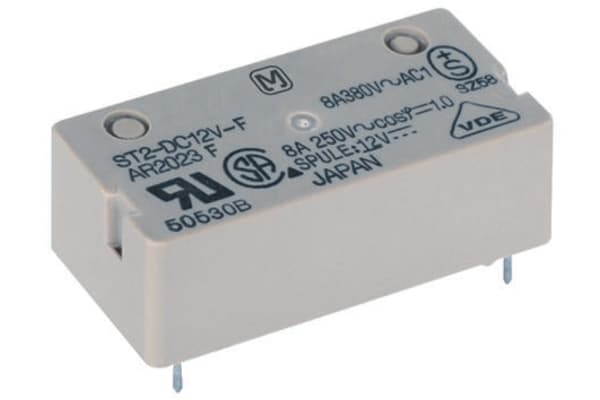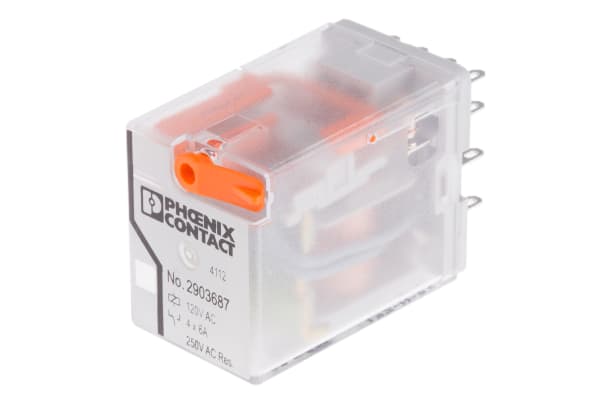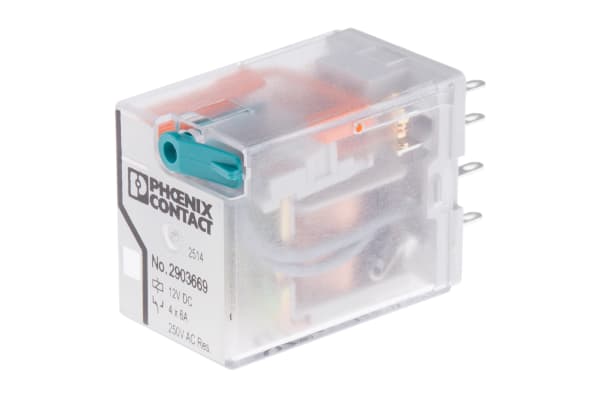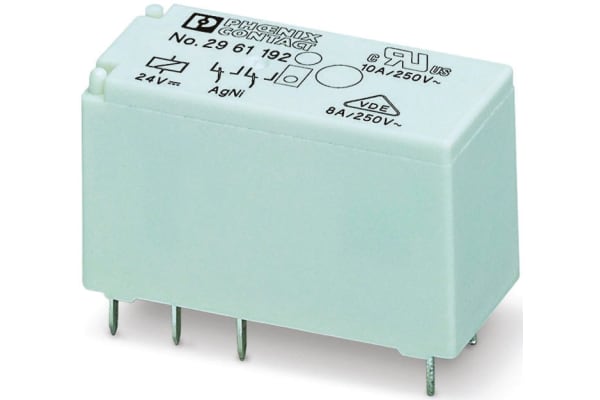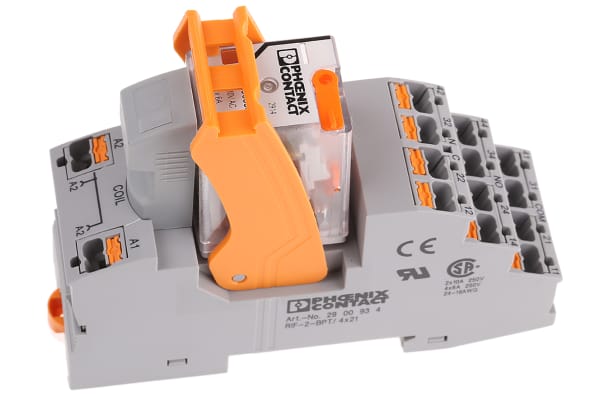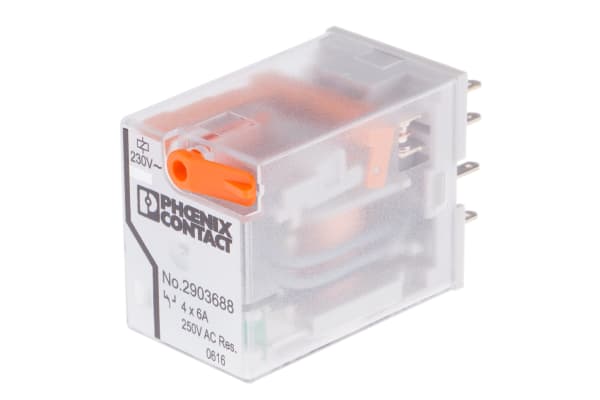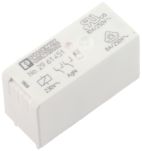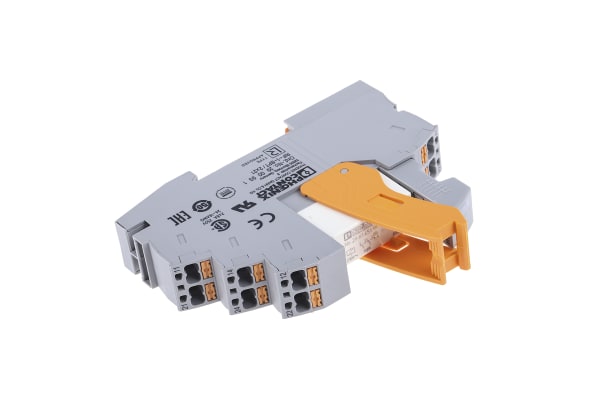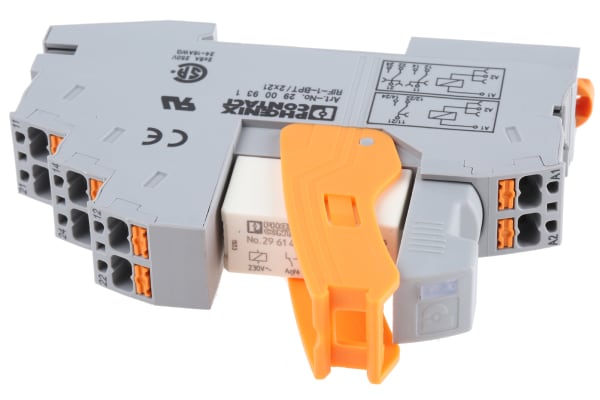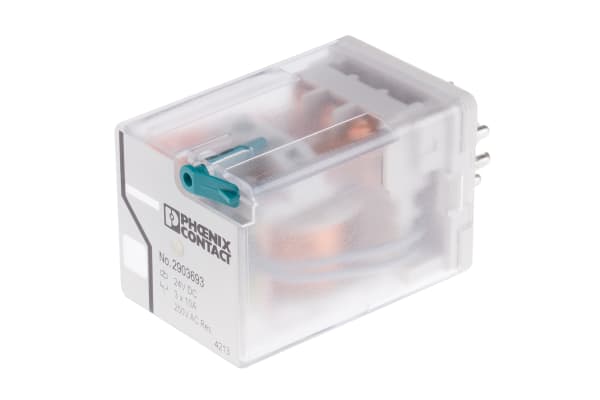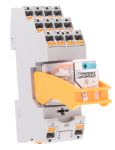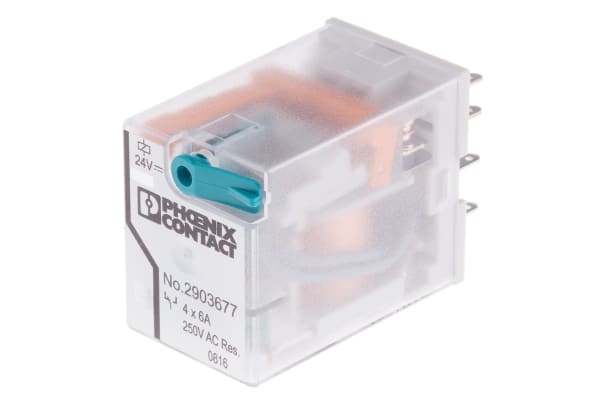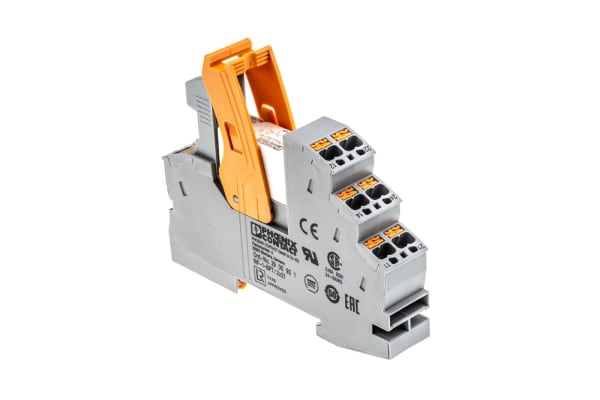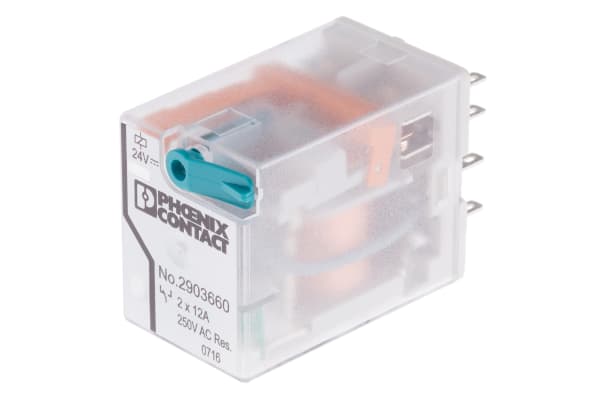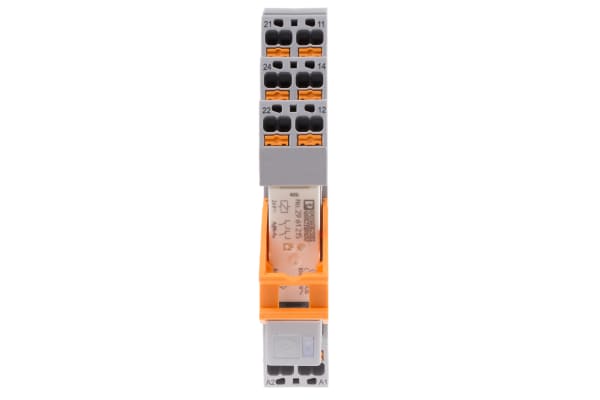Non-Latching Relays
Relays are electrical switches that are operated by electrical impulses with the primary function to open and close a circuit, they can also be referred to as industrial switches. There are 2 main types available, latching and non–latching relays.How do non-latching relays work?Non-latching relays are in a normally closed (NC) position and will stay in this state without power. When power passes through the circuit, the relay switched to a normally open (NO) position by using an internal coil to generate a magnetic force, holding this NO position. Once the current is turned off, it returns to the NC position. This makes non-latching relays well suited to push-button applications like keyboards and micro-controller input buttons.What are non-latching relays used for?Non-latching relays are highly durable and versatile components, making their performance long lasting and suitable for use in a wide range of applications, such as:Automotive enginesHousehold appliancesIndustrial machineryMedical equipmentTelecommunications equipmentWhat is the difference between latching and non-latching relays?Both types of relays in similar in design and function, however, a significant difference between them is that a latching relay will remain in the last position it when it was last powered, whereas a non-latching goes back to its normal position. This makes each more type of relay suitable for different applications. Considerations when selecting a relayWhen choosing a relay, it is important to consider a number of specifications to ensure it is fit for purpose, some factors include:Coil voltage – the required voltage to actuate the switching mechanism. If a voltage is too high this could damage the components, if it is too low then it will not actuate. Contact configuration – This is the state the contacts are in without power. For example SPST, single pole single throw.Contact material – the relay contacts are available in many materials that have certain properties. Common materials are gold, silver, tin oxide and nickel Coil power – the amount of power (watts) the coil operates at. This must match the power in the circuit for correct function. Coil resistance – the amount of resistance (ohms) in the circuit that the coil creates.
-
Panasonic, 5V dc Coil Non-Latching Relay SPNO, 8A Switching Current PCB Mount Single Pole, ST1-DC5V-F
IDR140,028.15 -
PCH Relay,1CO,10A 120ac,12dc 400mW
IDR41,221.77 -
PCH Series Relay, 10A 120Vac,24dc 200mW
IDR31,047.44 -
PCH SeriesRelay,1CO,10A 120ac,24dc 400mW
IDR31,676.78 -
Phoenix Contact, 120V ac Coil Non-Latching Relay 4PDT, 6A Switching Current PCB Mount, 4 Pole, 2903687
IDR110,449.17 -
Phoenix Contact, 12V dc Coil Non-Latching Relay 4PDT, 50mA Switching Current PCB Mount, 4 Pole, 2903669
IDR153,244.29 -
Phoenix Contact, 12V dc Coil Non-Latching Relay SPDT, 16A Switching Current PCB Mount Single Pole, 2961309
IDR109,400.27 -
Phoenix Contact, 12V dc Coil Non-Latching Relay SPDT, 50mA Switching Current PCB Mount Single Pole, 2961532
IDR155,446.98 -
Phoenix Contact, 12V dc Coil Non-Latching Relay SPDT, 6A Switching Current DIN Rail Single Pole, 2903371
IDR139,713.48 -
Phoenix Contact, 12V dc Coil Non-Latching Relay SPNO, 6A Switching Current DIN Rail Single Pole, 2903362
IDR141,077.05 -
Phoenix Contact, 230V ac Coil Non-Latching Relay 4PDT, 5A Switching Current DIN Rail, 4 Pole, 2903304
IDR235,792.72 -
Phoenix Contact, 230V ac Coil Non-Latching Relay 4PDT, 6A Switching Current PCB Mount, 4 Pole, 2903688
IDR127,860.91 -
Phoenix Contact, 230V ac Coil Non-Latching Relay DPDT, 15A Switching Current PCB Mount, 2 Pole, 2961451
IDR273,028.67 -
Phoenix Contact, 230V ac Coil Non-Latching Relay DPDT, 8A Switching Current DIN Rail, 2 Pole, 2903331
IDR252,575.12 -
Phoenix Contact, 230V ac Coil Non-Latching Relay SPDT, 10mA Switching Current DIN Rail Single Pole, 2903339
IDR204,325.72 -
Phoenix Contact, 24V dc Coil Non-Latching Relay 3PDT, 30A Switching Current PCB Mount, 3 Pole, 2903693
IDR187,438.43 -
Phoenix Contact, 24V dc Coil Non-Latching Relay 4PDT, 5mA Switching Current DIN Rail, 4 Pole, 2903308
IDR232,436.24 -
Phoenix Contact, 24V dc Coil Non-Latching Relay 4PDT, 6A Switching Current PCB Mount, 4 Pole, 2903677
IDR131,741.84 -
Phoenix Contact, 24V dc Coil Non-Latching Relay 5PNO, DPST, 2963747
IDR2,597,495.96 -
Phoenix Contact, 24V dc Coil Non-Latching Relay DPDT DIN Rail, 2 Pole, 2940391
IDR1,361,052.64 -
Phoenix Contact, 24V dc Coil Non-Latching Relay DPDT, 10mA Switching Current DIN Rail, 2 Pole, 2903334
IDR193,417.16 -
Phoenix Contact, 24V dc Coil Non-Latching Relay DPDT, 30A Switching Current PCB Mount, 2 Pole, 2903660
IDR134,993.43 -
Phoenix Contact, 24V dc Coil Non-Latching Relay DPDT, 50mA Switching Current DIN Rail, 2 Pole, 2903330
IDR168,558.23 -
Phoenix Contact, 24V dc Coil Non-Latching Relay DPDT, 50mA Switching Current PCB Mount, 2 Pole, 2961215
IDR150,622.04



